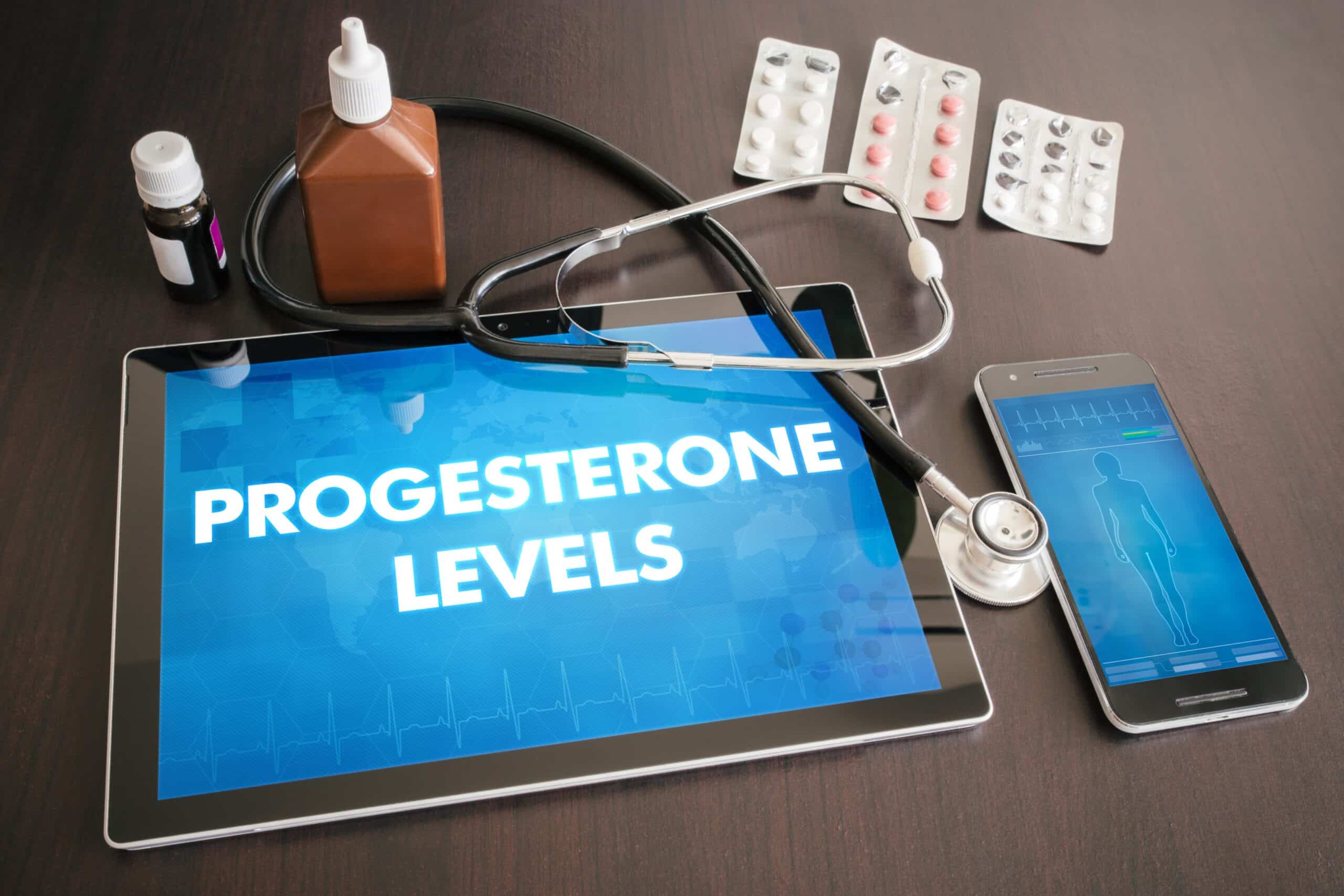PMDD treatment frequently fails to address the underlying need for progesterone. This article reviews how restoring progesterone has fallen off the radar.
A few weeks ago, I received this email from Gemma Banks who hosts a Facebook group in the UK. (1)
Hi Carol,
Firstly, I’d like to say ‘Thank-you’ for everything you do and the information you have given so freely to the public about your work.
I, personally have suffered from PMDD since the age of 15, postnatal depression at 19, and then suffered extremely severely for a further 10 years with no acknowledgment of a hormonal connection. By the age of 35, I had a Total Hysterectomy with Ovary removal, I’m now 39. Since surgery, there has been further medical neglect and so I set up a UK support group for women in surgical menopause with a history of PMDD that were still struggling post-surgically. The surgery did not cure the condition and we have been left to suffer the outcomes with no advice or support.
A small group of us have recently been adding back Progesterone at high doses (as per your guidelines and advice in your articles and YouTube videos) with HUGE transformational results. We have NEVER felt so well.
Obviously, this revelation will come as a bit of a shock to the women in my support group, as they believe that the reason for the surgery was to eradicate the need for progesterone add back HRT. I have not announced our findings to the group yet.
I wondered if you would be willing to do a video with me to share in my support group? To explain your work and your approach with progesterone and PMDD, and any tips or advice that you may have specifically for women in a surgical menopause.
And so, we did a podcast together. You can listen to that podcast here: Discussing PMDD with Gemma Banks: https://www.youtube.com/watch?v=fsFZffH398s
Gemma Banks, administrator of Hormone Balance Support Group UK FaceBook joins Carol to discuss PMDD, the tragedy, and the hopes.
Gemma tells her story and her experiment with generous progesterone dosing.
A Brief History
About thirty years ago, I started working with a compounding pharmacy that specialized in the treatment of PMS. Dr. Katharina Dalton had already published her pioneering work on the use of progesterone for the undesirable symptoms some women experienced monthly. PMS or Premenstrual Syndrome was the term she created. Her book, “Once a Month” is a classic. (2)
The symptoms were physical such as headaches, fluid retention, bloating, breast swelling and tenderness, and emotions such as anxiety, sleep disturbances, bipolar syndrome symptoms, and even the threat of suicide or homicide.
But the successful treatment of PMS with progesterone was sidetracked when a drug named Prozac produced by Eli Lily was coming off patent. (3) They funded a study to show the mental health and emotional symptoms of PMS, now renamed PMDD. Premenstrual Dysphoric Disorder could be treated by this class of drugs, selective serotonin receptor inhibitors (SSRI) (3) Prozac light, Serafem could produce a 61% improvement of symptoms, Eli Lilly successfully managed to get PMDD included in the DSM mental health manual as a disease in 2013.
Instead of progesterone which will relieve all the symptoms of PMS and/or PMDD, we now have new guidelines to follow. (4)
PMDD and Progesterone
Women are taught to believe that they are somehow sensitive to the hormone progesterone. This comes from the observation that progesterone should be at its highest levels during the luteal or second half of the menstrual, and therefore designated as the culprit.
It’s strange that PMDD can completely disappear during pregnancy when progesterone levels are at their very highest.
PMDD Conventional Treatment
So to avoid progesterone at any cost, practitioners are taught to use the gold standard of SSRIs to treat the symptoms,
If that doesn’t work, using birth control pills that have a synthetically altered progesterone molecule will block progesterone from its receptors and prevents ovulation and the luteal phase.
Drugs that will block the pituitary signals to the ovaries to produce progesterone are used.
And the final solution is removal of the uterus and the ovaries to stop the ovarian production of progesterone.
And then women find that they have been really misled. They are offered a single hormone, estrogen, as the cure for all their symptoms. But they never find relief because their long and hard journey of severe progesterone deficiencies becomes even greater with the unbalanced estrogen.
They seek relief from physician to physician, all of whom have been taught to disregard the anguish of their patients and stay on the flow chart. They prescribe antidepressants, anti-anxiety drugs, sleeping pills, anti-psychotics, and many pain relievers for the headaches and joint and muscle pains that ensue. Anything but progesterone.
It’s so lucrative to continue this flow of treatments, that physicians blind themselves to the fact that this scheme does not serve their patients very well.
Back to the Basics
Dr. Katharina Dalton discovered how important progesterone is many decades ago and generously dosed women with progesterone. A fearful approach, or “start low and go slow” only serves to prolong the misery when much of the symptoms can be relieved in hours with enough progesterone. Dr. Dalton usually prescribed 600 mg suppositories and sometimes women needed more than once a day. And those women who had removal of their ovaries needed much more progesterone than those with natural menopause. Contrast that to the mantra “If you don’t have a uterus, you don’t need progesterone.”
Carol Petersen RPh, CNP
http://www.thewellnessbydesignproject.com/
carol@thewellnessbydesignproject.com




